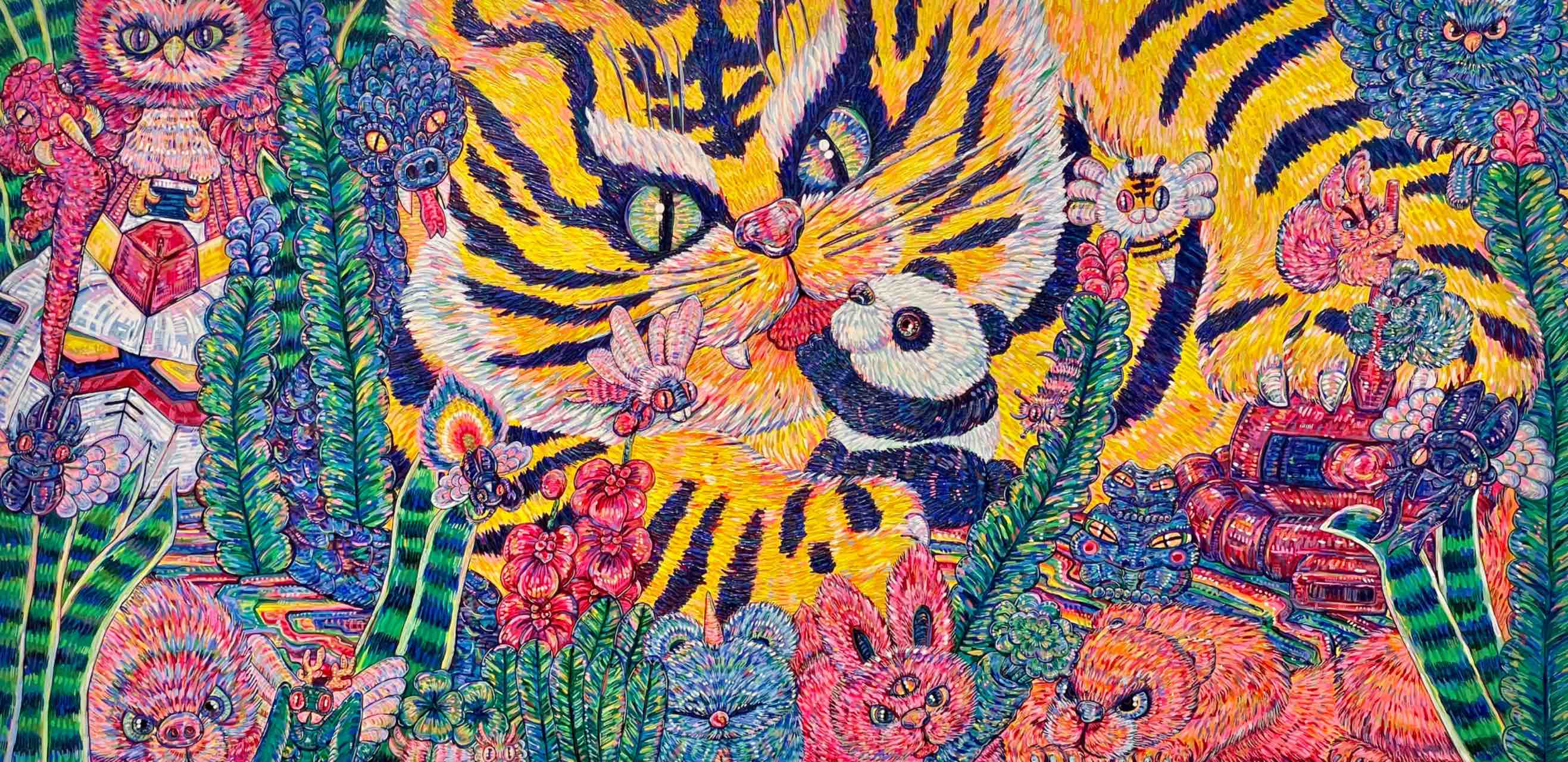The Trump-era trade war between the US and China seems a distant memory with everything that has happened since, and its true economic impact was mostly posturing and rhetoric. The concept of the two largest economies 'decoupling' seems laughable with CNN reporting that China-US trade reached a record-breaking USD690.6 billion last year. The lion's share, more than 75%, of that number is Chinese exports to America.
China makes up roughly 30% of global manufacturing output and, according to financial news magazine Barron's, there is hardly a single sector in which China doesn't produce at least 20% of products worldwide.
While this paints a prosperous picture, many obstacles face Chinese companies when trying to tap into the international marketplace. Fundamental differences in advertising strategies, brand identity and consumer confidence are easily overlooked and require a multicultural mindset to bridge the gap. Canadian Josh Boyer's company NVNT does just that.

Deriving its moniker from the word invent, NVNT tackles public relations, brand identity, KOL management and marketing for Chinese companies looking to improve their prospects overseas.
"Marketing in China is different from marketing in the West, vastly different with how you work with influencers or how you approach relations from company to company or with distributors," explains Boyer. "Chinese advertising is traditionally very loud. If you look at Taobao, you'll see that it's very colorful and 'in-your-face.' Even influencers in China sell products in the traditional late-night TV Billy Mays infomercial style - and it works so well here."
Boyer asserts that this type of in-your-face salesmanship is dead in the West. Save for the Boomer generation, consumers find this strategy foolish and sometimes repulsive.
"For younger generations, people prefer what I call 'soft power' or soft selling where, instead of throwing the product in someone's face, it works better to sell it indirectly. For example, you write an article titled 'How to Clean Your Gaming Mouse.' It's a pretty useful article for anyone who uses a computer because your PC peripherals are going to get dirty. But then at the end of the article you say 'Hey! If you can't clean your gaming mouse, how about you buy ours.'"
We ask for some real world examples, acknowledging that Boyer isn't going disclose which specific clients made use of his services.
"One way is how companies send emails. I'll get them to email our firm and then highlight the ways that they can improve. The very first thing I'll notice is their name. In China, a lot of people use English names like Apple, Icy or Happy, which don't really scream 'professional.'"
To customers abroad who aren't familiar with China's relationship with the English language, the informality of the names people choose for themselves in grade school have a subliminal impact. First impressions are crucial and potential buyers or distributors are already wrestling with certain stigmas about products from China.
NVNT also helps companies develop an attractive brand identity. Outside the kingdom of WeChat, businesses know that having their brand's domain and email address instills consumer confidence. Boyer emphasizes that foreign buyers are often thrown off by numerical QQ email addresses, despite their ubiquity in China. Having a professional and useful website is critical when you move beyond the trusted e-commerce platforms.
"Let's say there's a startup company that makes a really good product. I was at the Canton Fair and found an augmented reality glasses company. Their product was awesome. You put the glasses on and you can have real time translations. Directly in your eyes, you can have subtitles for what someone is saying in any other language. Breathtaking, right?
"I was super interested, obviously, and I wanted to know about their product. But their website just shows their factory - it didn't say anything about the product. It didn't show which countries they are distributed to or the scope of what the product is capable of. It's as though they expect people to already know what augmented reality is. As it turns out, this company was looking for distributers but they were not an OEM company (original equipment manufacturer). They were a technology laboratory, like a group of inventors, so they ran into the typical obstacles of an engineer trying to sell a product rather than a marketing specialist."
Boyer elaborates that this is a common issue that his firm encounters. Sometimes a factory makes just one product and is lost when trying to expand their brand. Other times a factory produces a massive catalogue of products but doesn't intimately understand the market for those items.
"Another thing that really makes a buyer shy away is when a company uses the wrong words. Just last night I had a client contact me to ask if an email they received was potentially a scam."
The client’s suspicion arose because the email was filled with very strange wording to describe the product and its features. Boyer explains that this is telltale machine translation. Where there is surely a colloquial word for a product, an automatic translation from Chinese will often give a conspicuously literal translation of the Chinese words: think the meme-culture transliteration of penguin (企鹅) to business (企) goose (鹅).

With services ranging from website optimization, social media marketing to indirect product placement through thoughtful articles, copywriting plays an integral role. This leads us to the elephant in the room: ChatGPT.
Boyer's company leverages AI technology to create content. Given the vast need for quality English copywriting in China and the scarcity of such talent locally, AI comes in as a boon. Boyer uses AI for first drafts, which are then fine-tuned to ensure they align with the company's message and target audience's expectations.
However, he laments the fact that many Chinese companies rush into their relationship with AI without understanding its limitations. "People see videos about AI on Douyin and they think it's a replacement. There are lots of companies, competitors and even tech media websites that are purely using AI to write full articles that end up being full of inaccuracies. But it gives the idea that they don't need a writer; they don't need marketing or a PR firm. They think AI can do everything because it's so smart, but it's lacking in its ability to convey emotional thought or make the writing fluid and personalized."
This is a conversation that NVNT has with clients more and more frequently. Having grown companies from 200,000 monthly views to more than 1 million in remarkably short timeframes, he has the results to demonstrate the efficacy of his services. Nonetheless, some clients want to believe that AI is 'good enough' and the fact that it's free is surely a factor.
According to Boyer, while AI can create decent articles, it lacks the ability to understand and convey human emotions. With his business sitting at the crossroads of East and West, it uniquely emphasizes the value of perspective in a quickly evolving and wildly diverse world.
[All images provided to That's by NVNT]






















0 User Comments